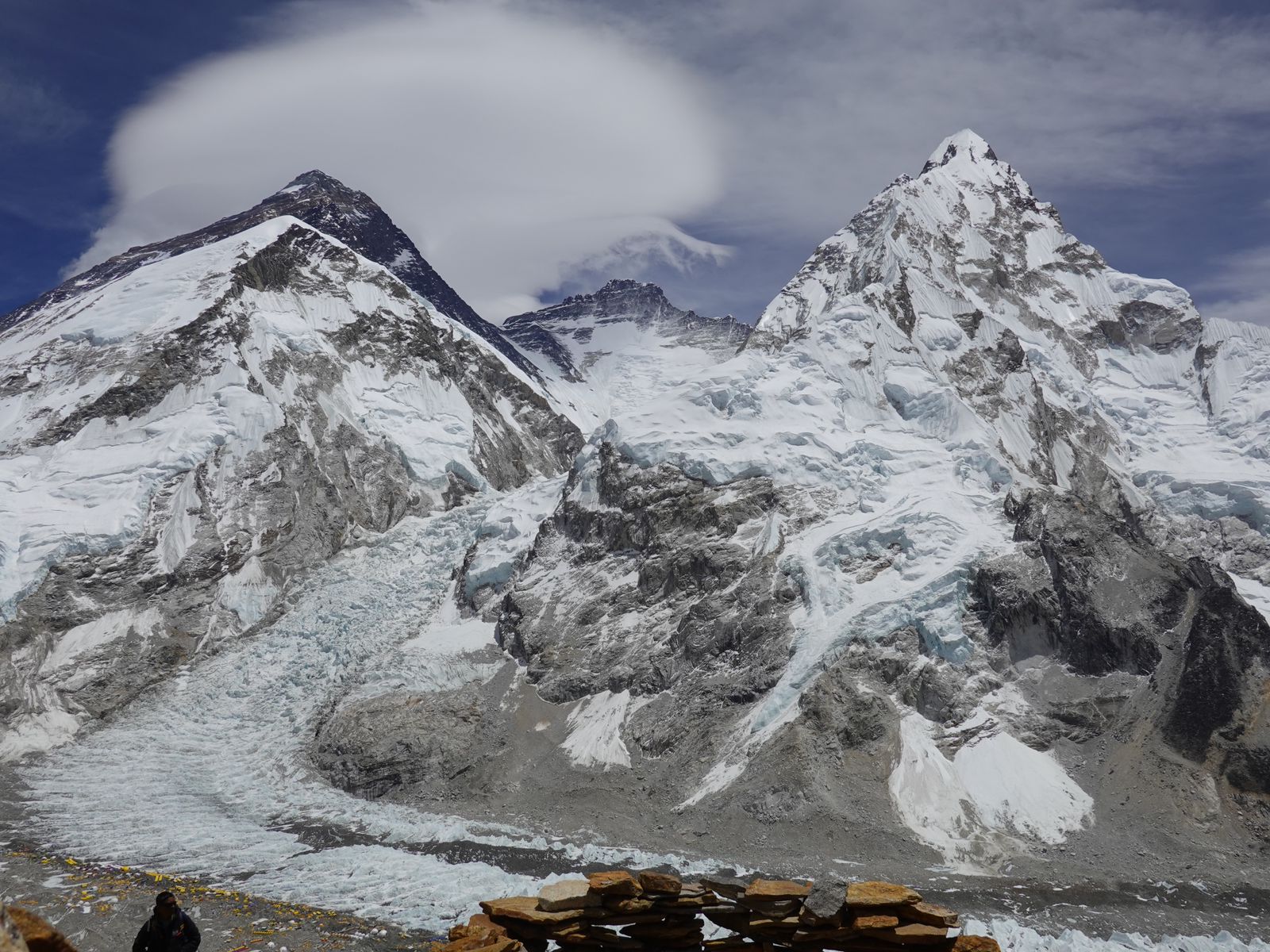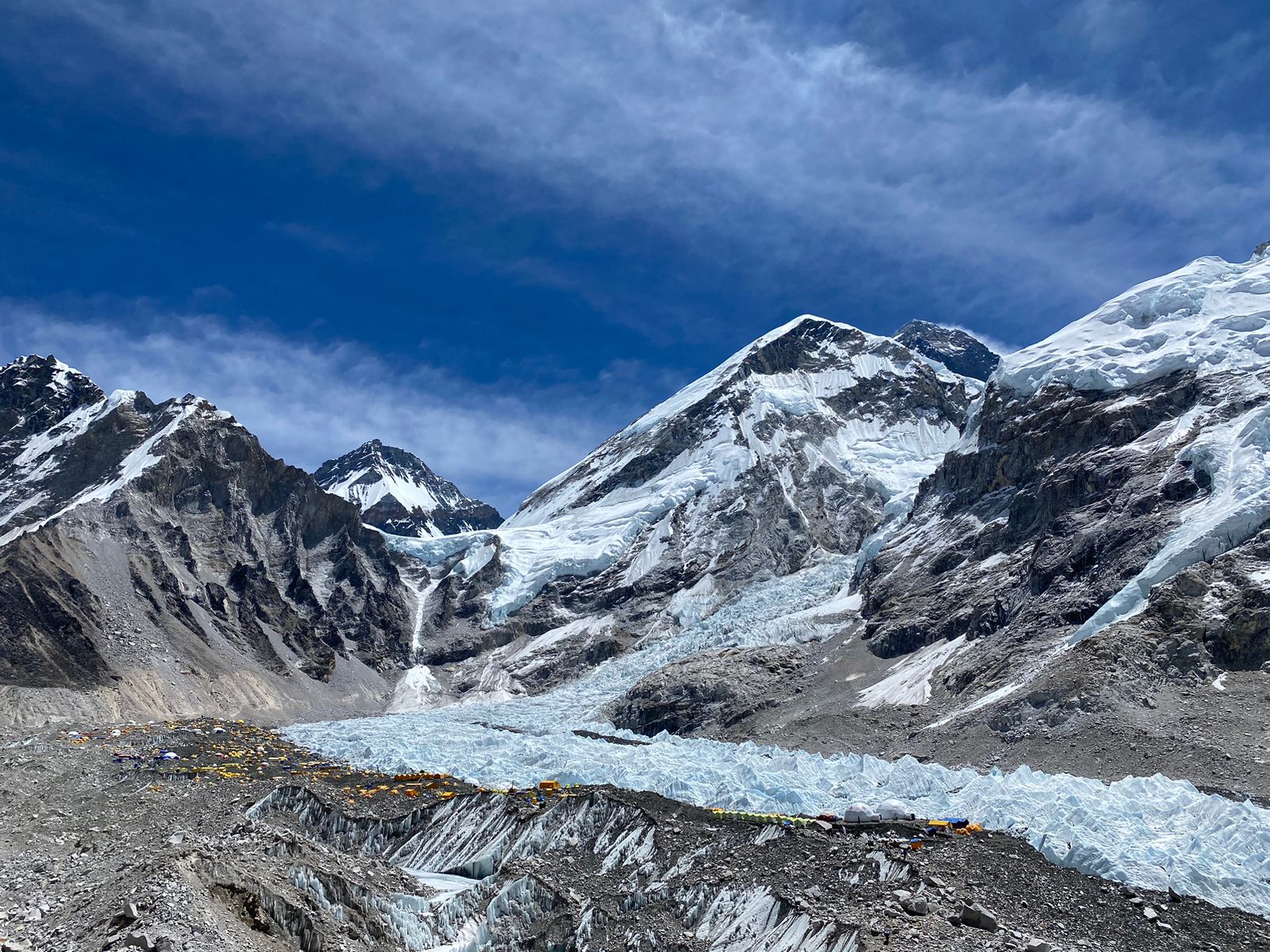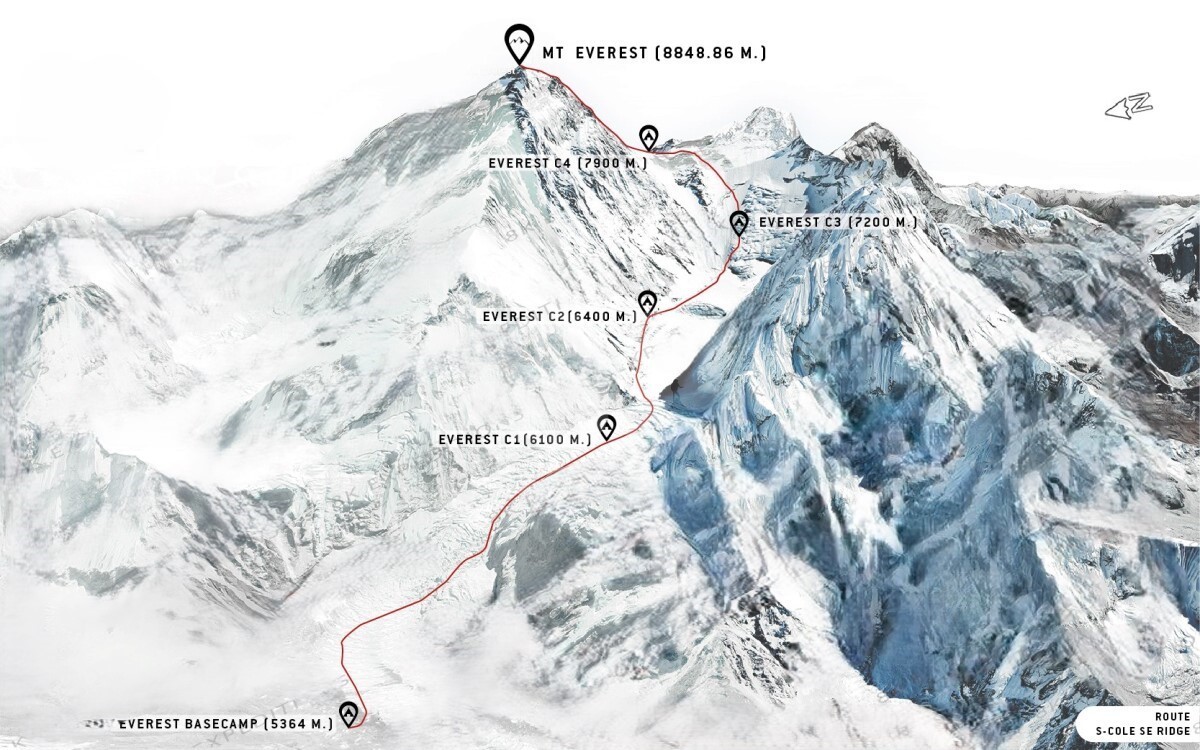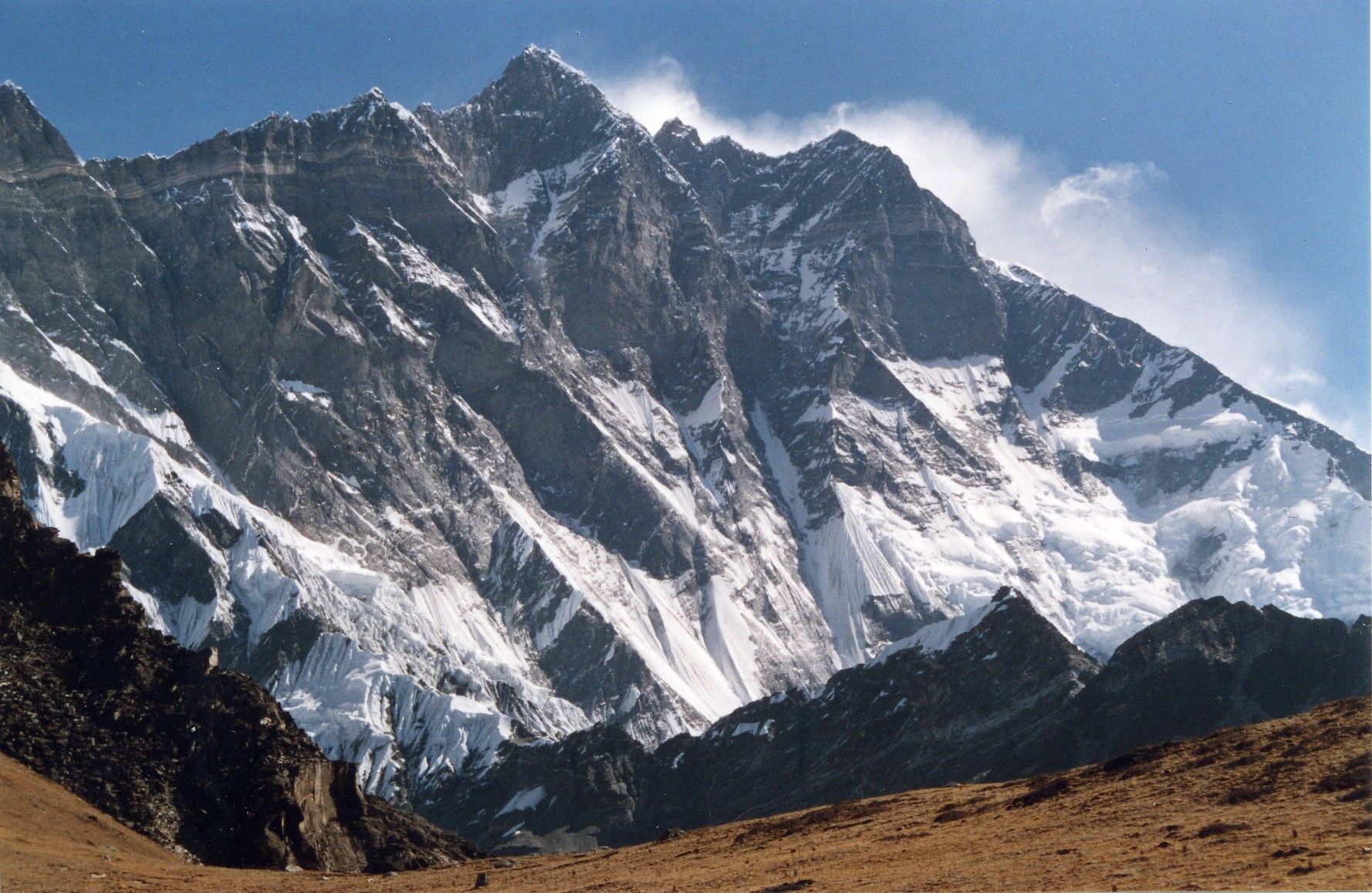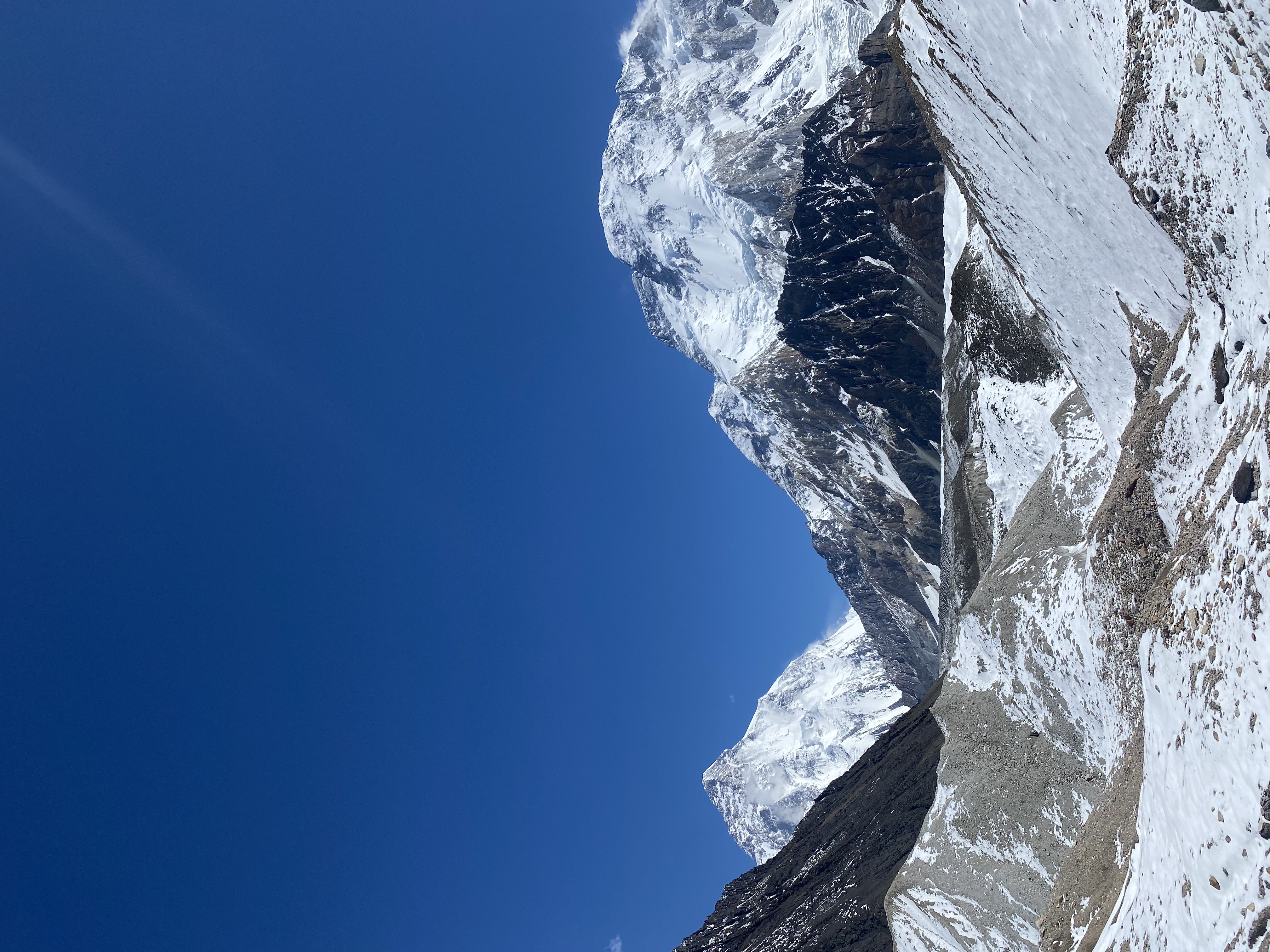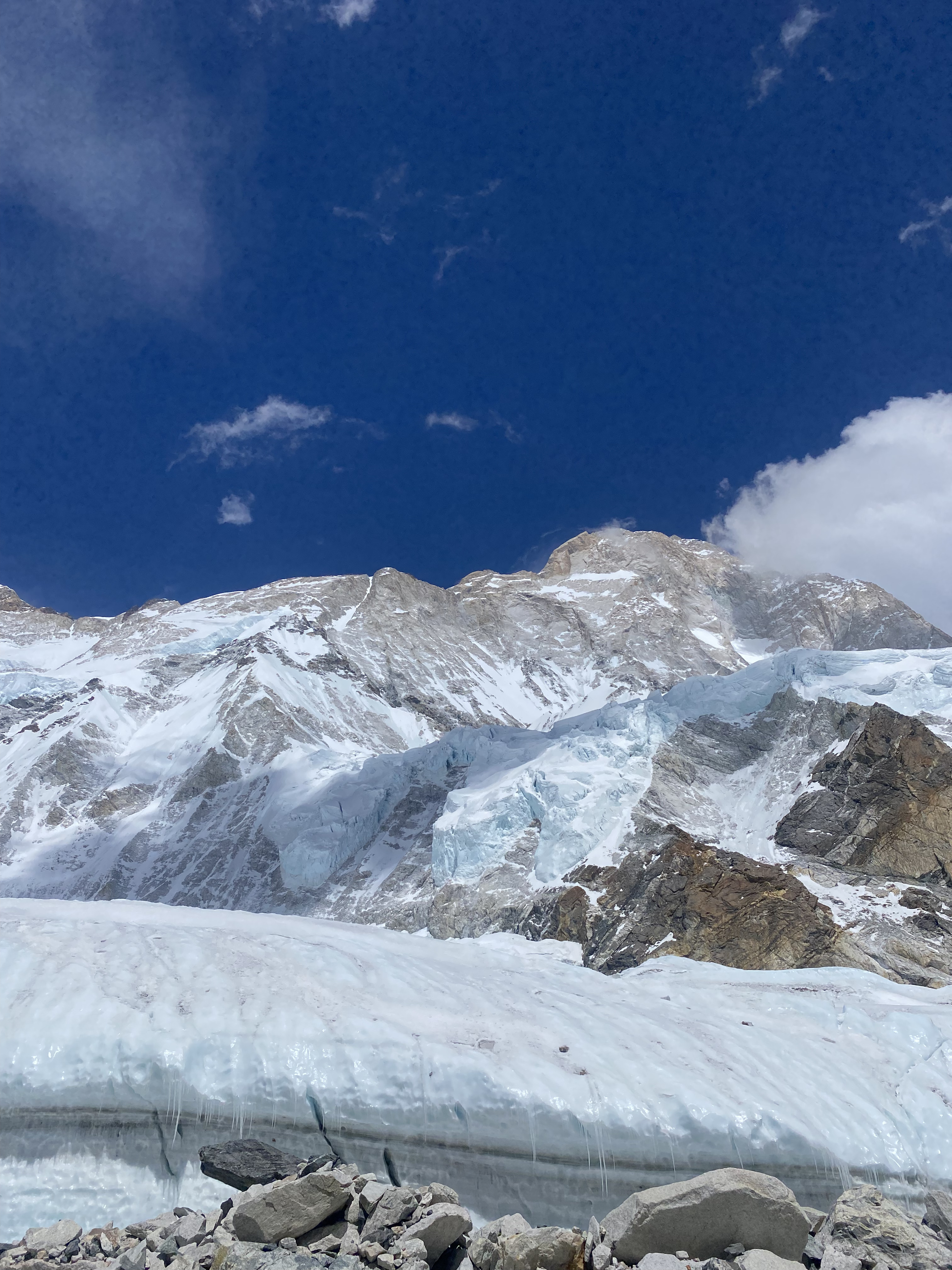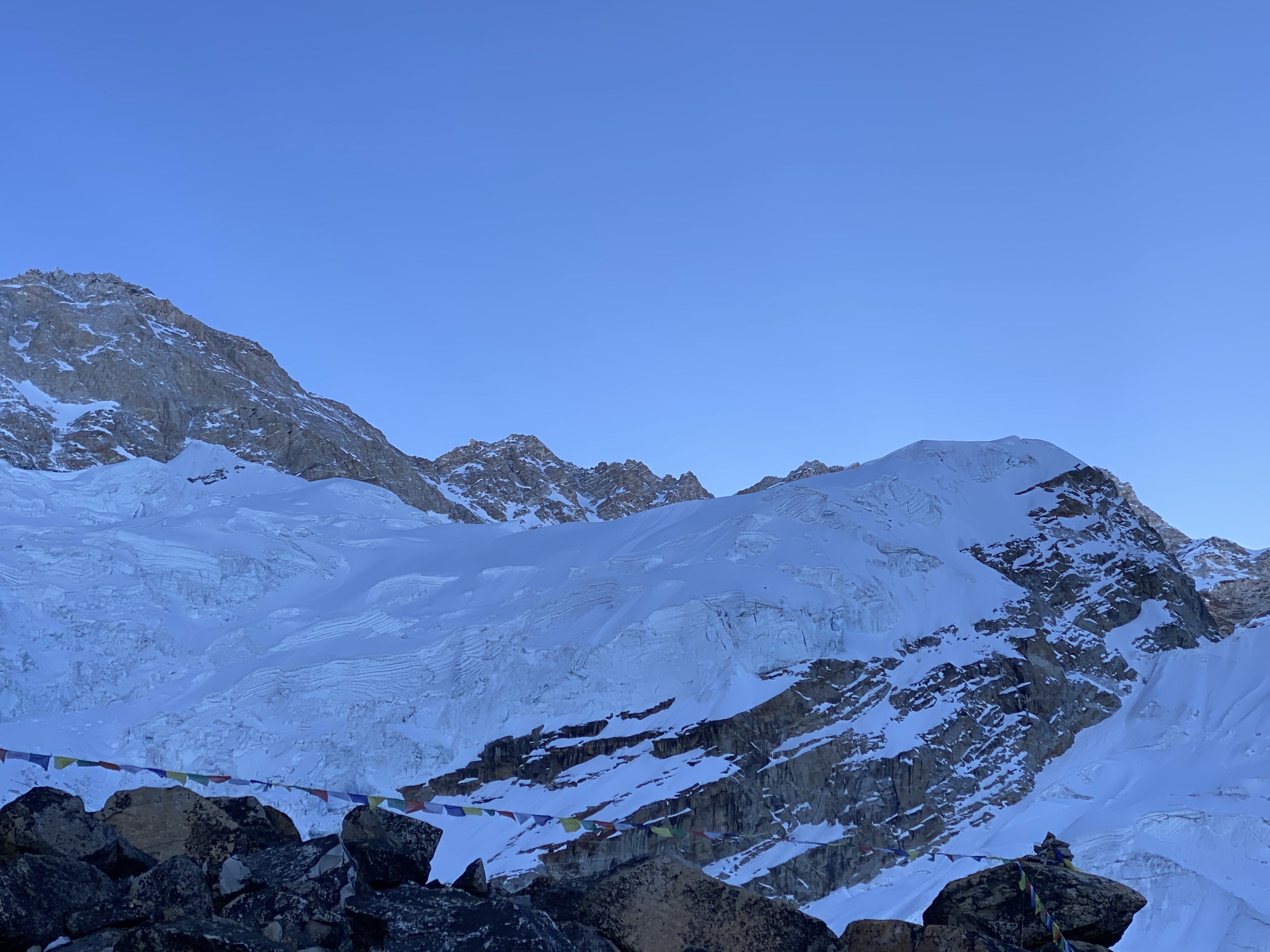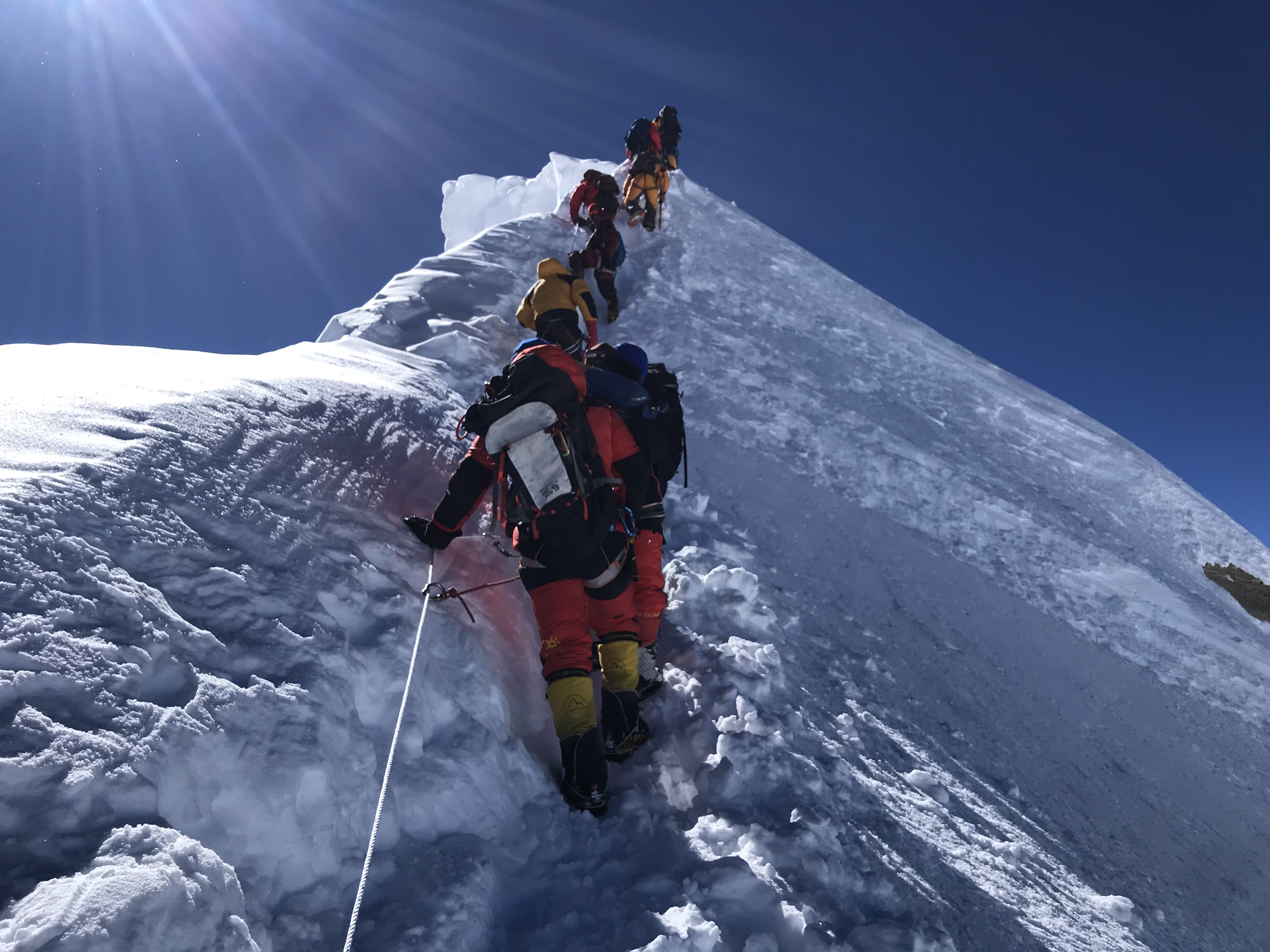The Mount Everest Expedition is more than just a climb—it is a test of human strength, resilience, and determination. Standing at an awe-inspiring height of 8,848.86 meters (29,031.69 feet), Everest is the tallest mountain on Earth, a natural marvel that has fascinated adventurers for centuries. Scaling this legendary peak is not just about reaching the summit; it is about embracing the challenges, appreciating the journey, and experiencing the lofty beauty of the Himalayas.
Located in the heart of the Himalayas, Everest bridges the border between Nepal and Tibet. Its snow-covered peaks, dramatic ridges, and towering glaciers make it a breathtaking sight. The mountain is known by different names in various cultures—Sagarmatha in Nepal, meaning “Goddess of the Sky,” and Chomolungma in Tibet, which translates to “Holy Mother” or “Goddess Mother of the World.” These names reflect the deep spiritual connection that local communities have with the mountain.
For those who dream of standing on the “roof of the world,” the Everest Expedition is the ultimate challenge. The journey is demanding, requiring climbers to possess strong physical fitness, stamina, and mental toughness. The expedition route takes adventurers through a diverse landscape—lush green valleys, rugged terrain, icy glaciers, and high-altitude passes. Along the way, climbers experience the vibrant culture of the Sherpa guides, who have been the guardians of Everest for generations.
The expedition typically begins in Kathmandu, Nepal, where climbers prepare for their ascent before heading to Lukla, home to one of the most thrilling airports in the world. From there, the trek to Everest Base Camp (5,364 meters) begins, offering stunning views of the Himalayas. Acclimatization is crucial, as climbers gradually adjust to the thin air before progressing to higher camps.
Each step forward is a battle against extreme cold, harsh winds, and the ever-present risk of high-altitude sickness. The infamous Khumbu Glacier, with its shifting crevasses and towering ice seracs, is one of the most challenging parts of the climb. Further up, the South Col and the final ascent to the summit demand incredible perseverance and teamwork. Those who succeed are rewarded with an unparalleled sense of achievement and the most spectacular view on Earth.
One cannot speak of Everest without acknowledging the Sherpa guides. These skilled mountaineers have been guiding climbers for decades, their strength and expertise making ascents possible. Legendary figures like Tenzing Norgay, who first summited Everest with Sir Edmund Hillary in 1953, have inspired countless adventurers to follow in their footsteps. Climbing permits, oxygen tanks, fixed ropes, crampons, and expedition gear are essential for a safe and successful ascent, as is ensuring that the weather forecast is carefully checked during the climbing season.
While the summit is the ultimate goal, Everest is about much more than just reaching the top. It is a journey of self-discovery, pushing beyond one’s limits, and shaping lifelong connections with fellow climbers. The Everest Base Camp trek is also a popular alternative for those who want to experience the magic of the Himalayas without the technical challenges of a summit attempt. For those who push toward the summit, camp rotations and altitude training are key to survival in the Death Zone.
Despite its attraction, Everest is a force of nature that demands respect. Climbing at high altitudes is risky, and each ascent requires careful planning, preparation, and responsible trekking. Conservation efforts are also crucial, as the increasing number of climbers has led to environmental concerns such as waste management and the impact on fragile ecosystems. Supplemental oxygen is often needed beyond certain altitudes, and crevasse rescue procedures must be understood by all participants.
Mount Everest continues to inspire explorers, dreamers, and adventure seekers from around the world. Whether you set foot on its slopes, gaze at its towering presence from afar, or read the incredible stories of those who have conquered it, Everest represents the boundless potential of the human spirit. It stands as a reminder that with courage, determination, and respect for nature, even the highest peaks can be reached.
For those who dare to dream and explore, Everest is not just a mountain—it is a lifelong journey waiting to be undertaken

